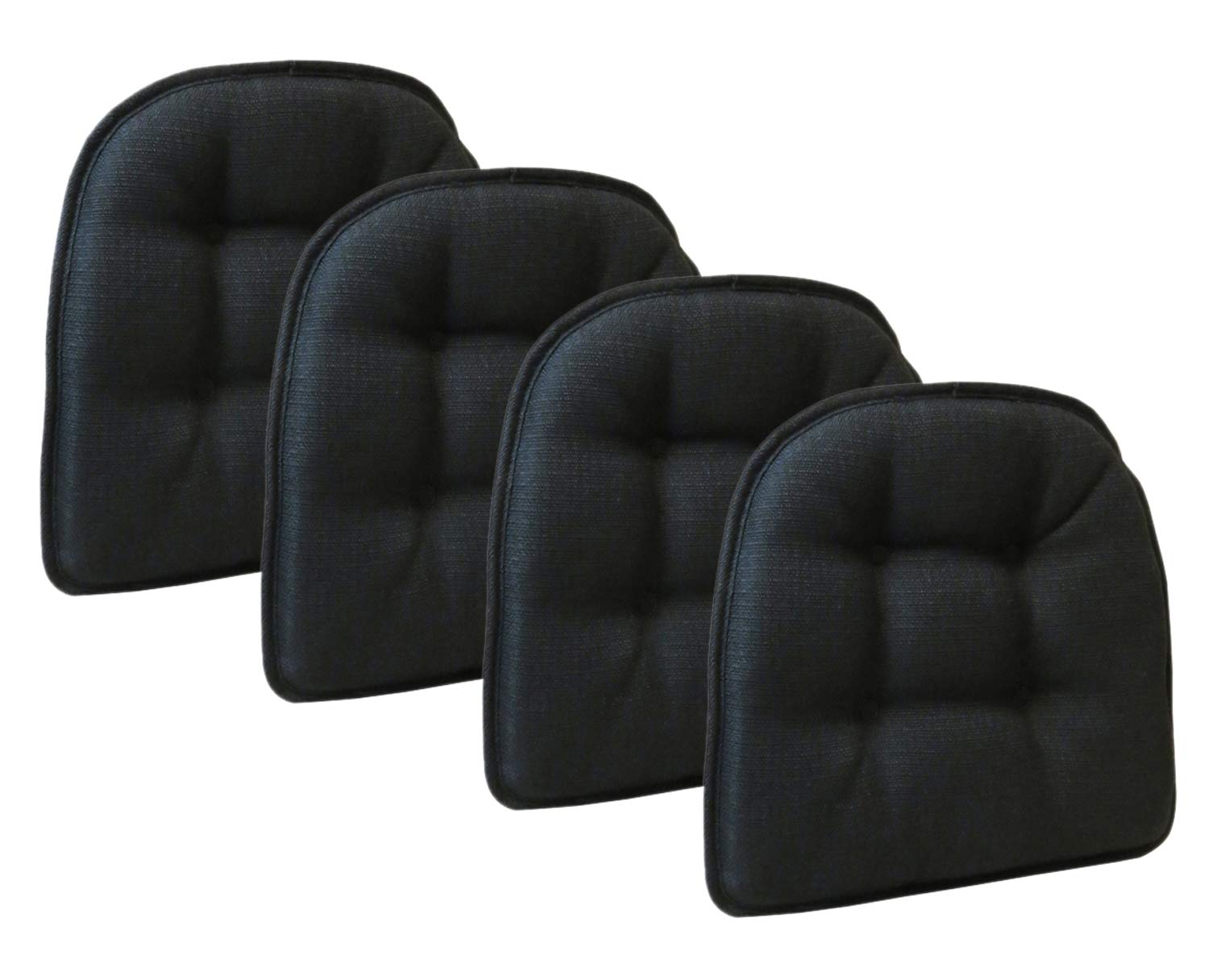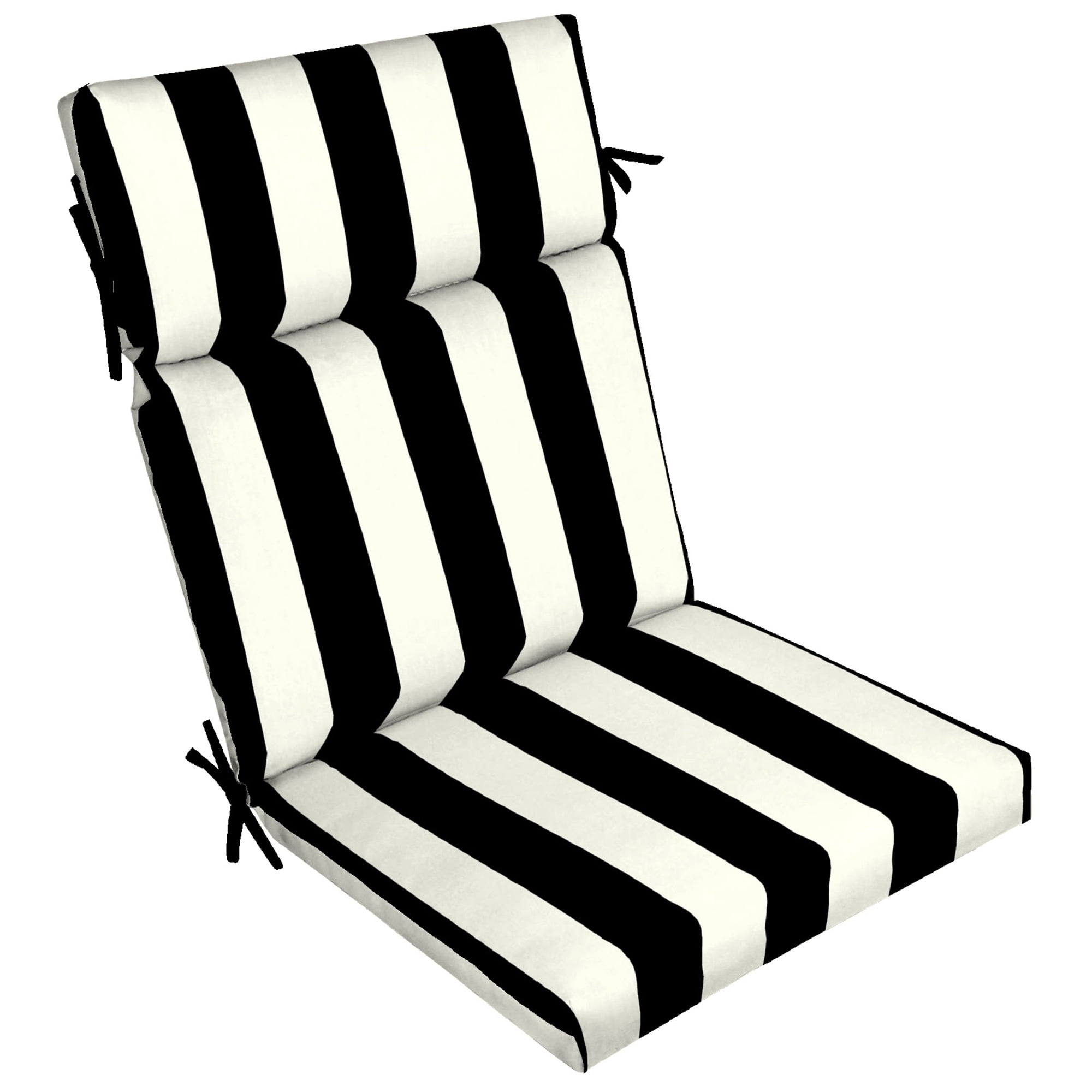Styles and Designs of Black and White Chair Cushions: Black And White Chair Cushions Indoor

Black and white – a classic combo that never goes out of style, especially in Bali’s effortlessly chic interiors. These cushions offer a versatile base for expressing different design aesthetics, from minimalist modern to vibrant bohemian. Let’s explore the endless possibilities.
Five Distinct Black and White Cushion Designs
The beauty of black and white lies in its adaptability. These designs showcase how simple colors can create striking visual impacts.
| Design Style | Pattern | Texture | Material |
|---|---|---|---|
| Geometric | Bold stripes, chevrons, or interlocking shapes | Smooth cotton, slightly textured linen | Cotton canvas, linen blend |
| Ikat Inspired | Subtle, blurred ikat patterns in black and white | Soft, slightly uneven texture mimicking hand-woven ikat | Cotton, silk blend |
| Abstract Art | Swirls, splashes, or free-form designs | Smooth, possibly with a subtle sheen | Velvet, satin |
| Tropical Minimalist | Simple black and white leaf silhouettes, or a single bold line | Smooth, slightly textured cotton | Organic cotton |
| Classic Damask | Intricate damask pattern, perhaps with a subtle sheen | Slightly raised damask pattern | High-quality linen, cotton blend |
Modern Minimalist Black and White Chair Cushion
Imagine a square cushion, approximately 18 inches by 18 inches, crafted from a crisp, white linen. A single, bold black stripe runs diagonally across its surface, creating a dynamic interplay of light and shadow. The linen’s texture is subtly visible, adding a touch of understated elegance. The cushion’s clean lines and simple design exude a sense of calm sophistication, perfect for a contemporary space. The black stripe acts as a visual anchor, drawing the eye and adding a touch of graphic interest without being overwhelming. The light reflects differently off the white linen and the black stripe, creating subtle variations in tone and texture.
Incorporating Black and White Cushions into Various Interior Design Styles
Black and white cushions are incredibly versatile.
Black and white chair cushions indoor – Farmhouse Style: A set of black and white checked cushions adds a touch of rustic charm to a farmhouse setting. The simple pattern complements the natural materials and cozy atmosphere typical of this style. Pairing them with wooden furniture and natural textiles enhances the overall aesthetic.
Mid-Century Modern Style: Geometric black and white cushions, perhaps with a bold stripe or chevron pattern, would perfectly complement a mid-century modern interior. Their clean lines and graphic appeal reflect the style’s emphasis on simplicity and functionality. They can be paired with sleek furniture and muted tones to create a cohesive look.
Bohemian Style: Black and white cushions with intricate patterns, such as an ikat design, can add a touch of global flair to a bohemian space. Their neutral color palette provides a grounding element amidst the eclectic mix of textures and colors typical of this style. Layering them with brightly colored throws and other patterned textiles creates a visually rich and layered look.
Materials and Manufacturing of Black and White Chair Cushions

Choosing the right materials and manufacturing process significantly impacts the longevity, comfort, and overall aesthetic of your black and white chair cushions. Think of it like choosing the perfect sarong – the fabric dictates the drape, the feel, and how well it withstands the tropical sun and sea breezes. The right materials and construction will ensure your cushions remain a stylish and comfortable addition to your space for years to come.
Material Comparison: Cotton, Linen, and Velvet, Black and white chair cushions indoor
The selection of fabric dramatically influences the feel and durability of your chair cushions. Let’s compare three popular choices: cotton, linen, and velvet. Each offers a unique blend of comfort and resilience.
- Cotton: A classic choice, cotton offers breathability and softness. It’s relatively inexpensive and easy to care for.
- Advantages: Soft, breathable, affordable, readily available in various weights and weaves.
- Disadvantages: Can wrinkle easily, may not be as durable as linen or velvet, prone to fading with prolonged sun exposure.
- Linen: Known for its strength and natural texture, linen brings a sophisticated, slightly rustic feel. It’s durable but can be more expensive than cotton.
- Advantages: Durable, breathable, naturally resistant to wrinkles, develops a beautiful patina over time.
- Disadvantages: Can be more expensive than cotton, can wrinkle easily, requires more careful cleaning.
- Velvet: Luxurious and plush, velvet adds a touch of opulence. It’s incredibly soft but requires more delicate care.
- Advantages: Luxurious feel, excellent insulation, hides stains well.
- Disadvantages: Can be expensive, prone to shedding, requires special cleaning techniques, may not be as breathable as cotton or linen.
High-End Cushion Manufacturing Process
Crafting a high-end black and white chair cushion involves meticulous attention to detail, from material selection to final stitching. Imagine the artisans in a small Balinese workshop, each step imbued with care and precision.
The process begins with selecting premium materials – perhaps a heavy-weight linen for the base and a contrasting cotton velvet for a piped edge. The fabric is carefully cut using precision laser cutters to ensure accuracy and minimize waste. The filling is a high-density foam, chosen for its resilience and ability to retain its shape over time. Double stitching, using a durable thread, secures the seams and enhances the cushion’s longevity. Finally, rigorous quality control checks, including inspections for imperfections and consistent stitching, ensure each cushion meets the highest standards.
Eco-Friendly Cushion Manufacturing
An eco-conscious approach to manufacturing prioritizes sustainable materials and minimizes environmental impact. This could involve using organic cotton or linen, sourced from farms committed to ethical and sustainable practices. Recycled filling materials, such as repurposed foam or kapok fiber, can replace traditional petroleum-based foams. The manufacturing process itself could incorporate water-saving techniques and minimize energy consumption. Natural dyes could replace harsh chemicals, resulting in a truly environmentally friendly product. The packaging would be made from recycled and biodegradable materials, completing the cycle of sustainability.
